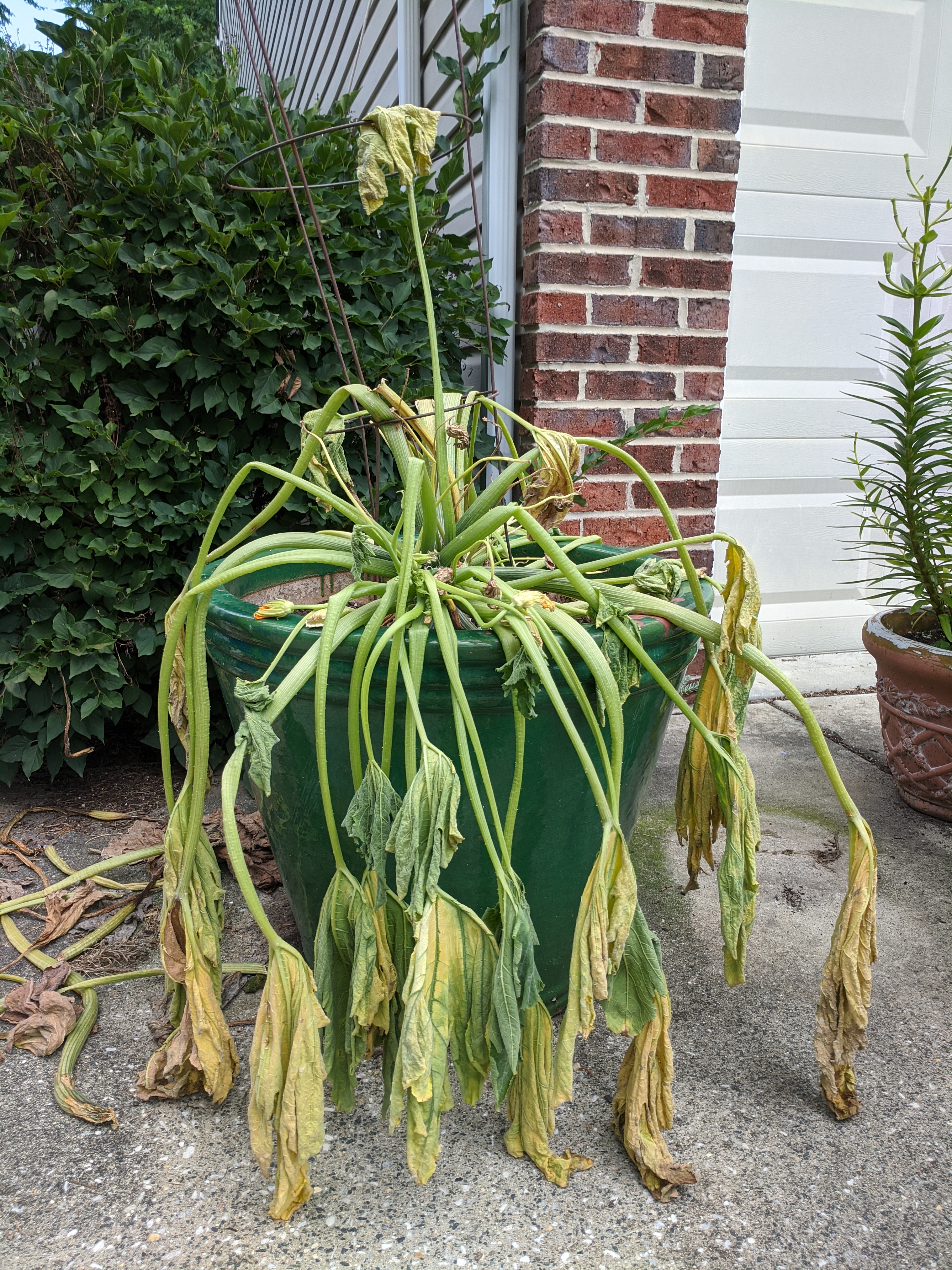Review: The Bob's Burgers Burger Book: Real Recipes for Joke Burgers
 The Bob’s Burgers Burger Book: Real Recipes for Joke Burgers by Loren Bouchard
The Bob’s Burgers Burger Book: Real Recipes for Joke Burgers by Loren Bouchard
My rating: 4 of 5 stars
There are a lot of crazy burgers in here. What did you expect from a book inspired by a blog inspired by burger puns in a cartoon voiced by H. John Benjamin? And yet… the authors worked with some chefs to massage the blog’s burgers and, while I’m not going to try all of these, I wrote about 2 dozen burgers recipes in my To-Make list. If you like puns and Bob’s Burgers, you’ve basically got reason enough to get this book. But if you don’t mind getting a little adventurous with your burgers (which I do, although I find my smash burgers to be the holy grail of burgers), there is some real value in owning this book. If you’re looking for a more serious one, I’ve done a lot of recipes from Weber’s Big Book of Burgers: The Ultimate Guide to Grilling Backyard Classics and highly recommend it. (Their grilled fries recipe tasted a LOT better than I thought it would)
Review: Clarkesworld Magazine, Issue 137
 Clarkesworld Magazine, Issue 137 by Neil Clarke
Clarkesworld Magazine, Issue 137 by Neil Clarke
My rating: 5 of 5 stars
This issue was full of longer piece, but also pieces I loved so much. I was cracking up so much with Solderin’. I felt pretty emotional with Umbernight, especially as I am getting older like the protagonist and slowly being replaced by the next generation. I also really enjoyed The Power is Out - I couldn’t stop reading that story. And The Girl-Thing was a good story, despite the few nits I had to pick with the narrative style.
Review: Clarkesworld Magazine, Issue 136
 Clarkesworld Magazine, Issue 136 by Neil Clarke
Clarkesworld Magazine, Issue 136 by Neil Clarke
My rating: 4 of 5 stars
This one was a tough choice between three stars and four stars. The stories I didn’t like: “Say it Low, Say it Loud” and “Her Smoke Rose Up Forever” I REALLY didn’t like. But from the stories I liked, some of them like: “A World to Die For” and “Lighthouse Girl” I REALLY liked. And the Non-fiction section helped push it over the edge.
Sparklers for the 4th of July
Sparklers were an ever-present feature of my childhood 4th of July celebrations. This year we introduced the twins to sparklers (I’m pretty sure Scarlett has used them at least once before). They kids had a lot of fun and there were a couple burn-scares, but I think it was worth the slight parental anxiety. (Did our parents care? They seemed a lot more laize-faire about us with sparklers, but maybe they were just good at hiding their fears?) Took out the DSLR and introduced the kids to light painting. Scarlett had the winning light-painting photo that made it past the multiple discard passes.
Review: Rave Master Vol. 2
 Rave Master Vol. 2 by Hiro Mashima
Rave Master Vol. 2 by Hiro Mashima
My rating: 3 of 5 stars
Nobody does comics storytelling like the Japanese. Some 400 pages in we’re still meeting new characters and we haven’t really gone anywhere story-wise. Plotwise it’s a pretty standard journey plot a la Journey to the West, Dragonball, or even Pokemon. Haru, our main character, is battling foes with nonsensical magic/karate and joining up with other youths who have other insane powers. This volume introduces us to Ellie, a typical tsundere heroine who leaves destruction in her wake. Overall it’s fun, but we’ll see how it goes since it’s looking like the plot itself probably isn’t going to matter as much as the journey.
New Dishes I Cooked in July 2020
As food stocks started to normalize towards the middle of COVID summer, I started to take advantage and try out more new dishes. It also helped that we were FINALLY able to find yeast again!
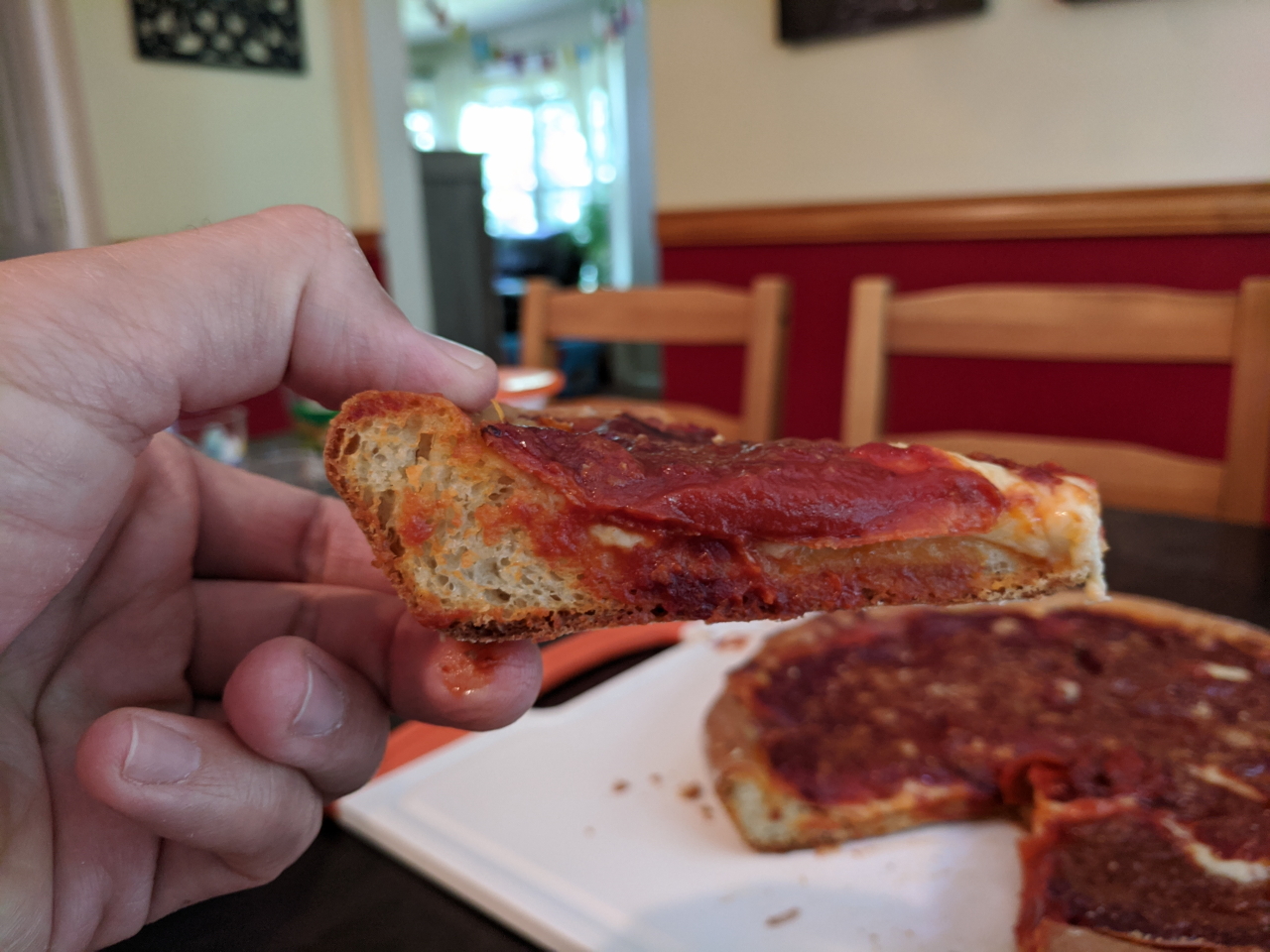 Chicago-style pepperoni pan pizza
Chicago-style pepperoni pan pizza hoisin-glazed baby back ribs
hoisin-glazed baby back ribs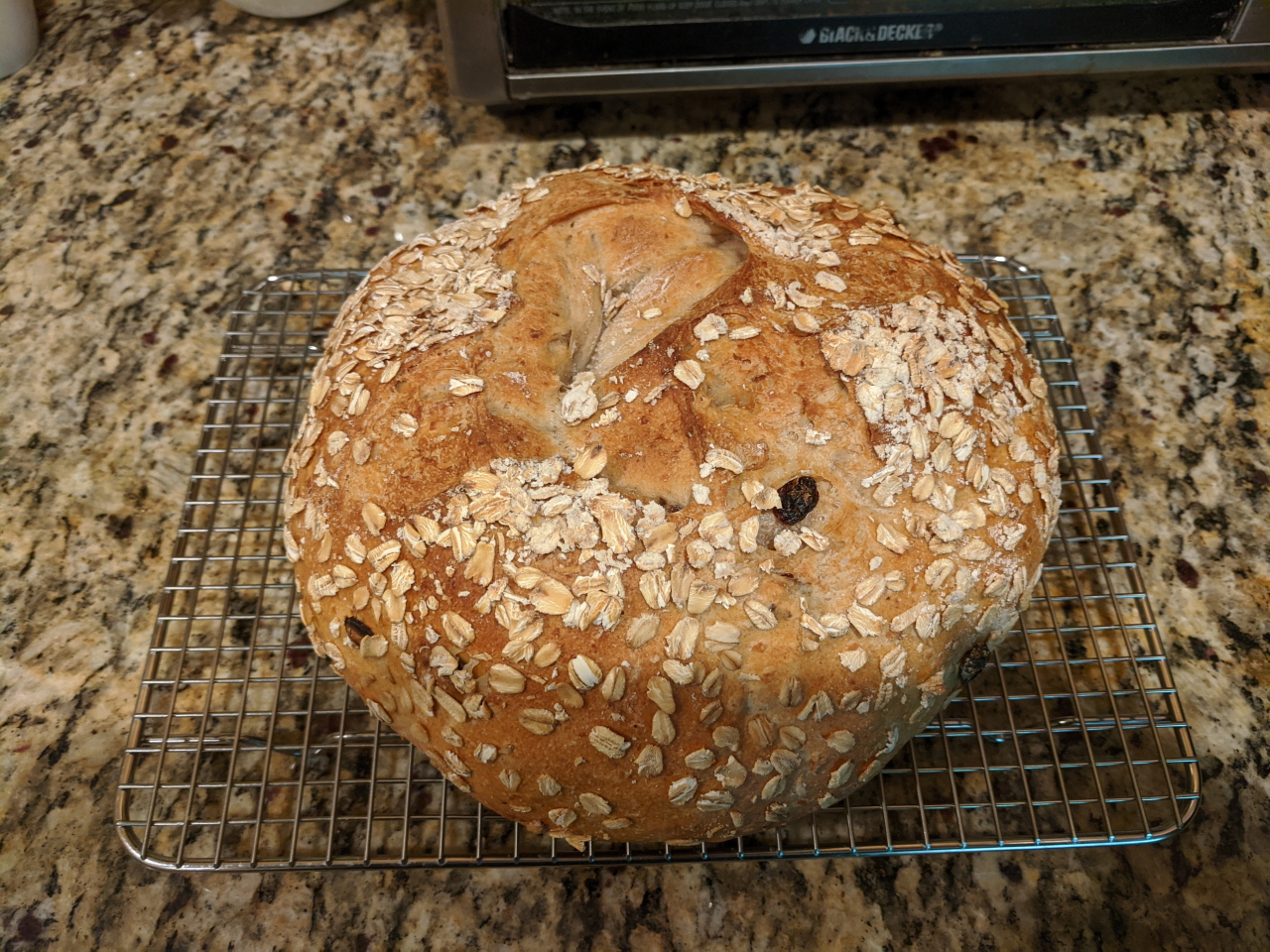 oatmeal-rasin bread
oatmeal-rasin bread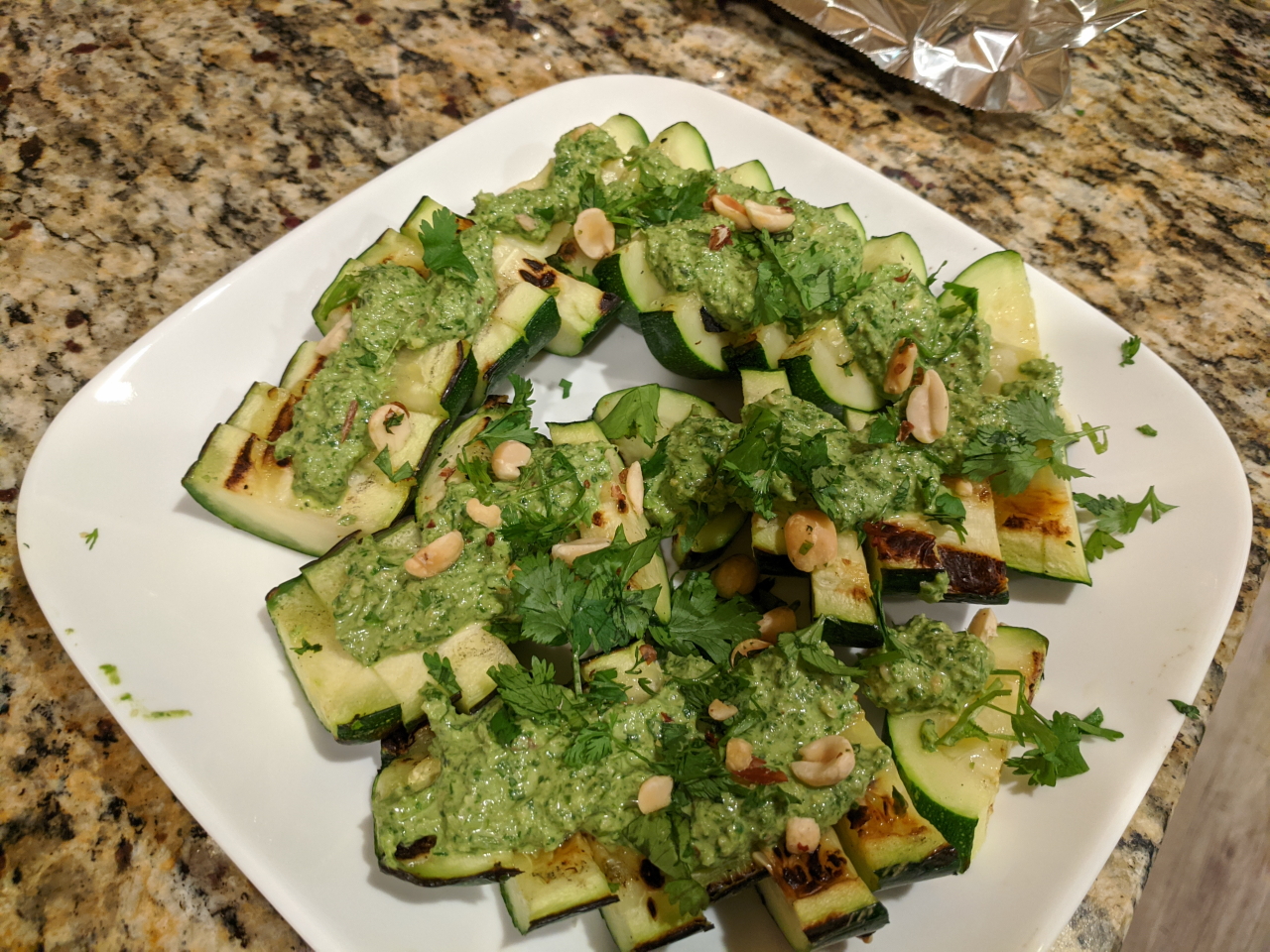 Grilled brined zucchini with cilantro-yogurt sauce
Grilled brined zucchini with cilantro-yogurt sauce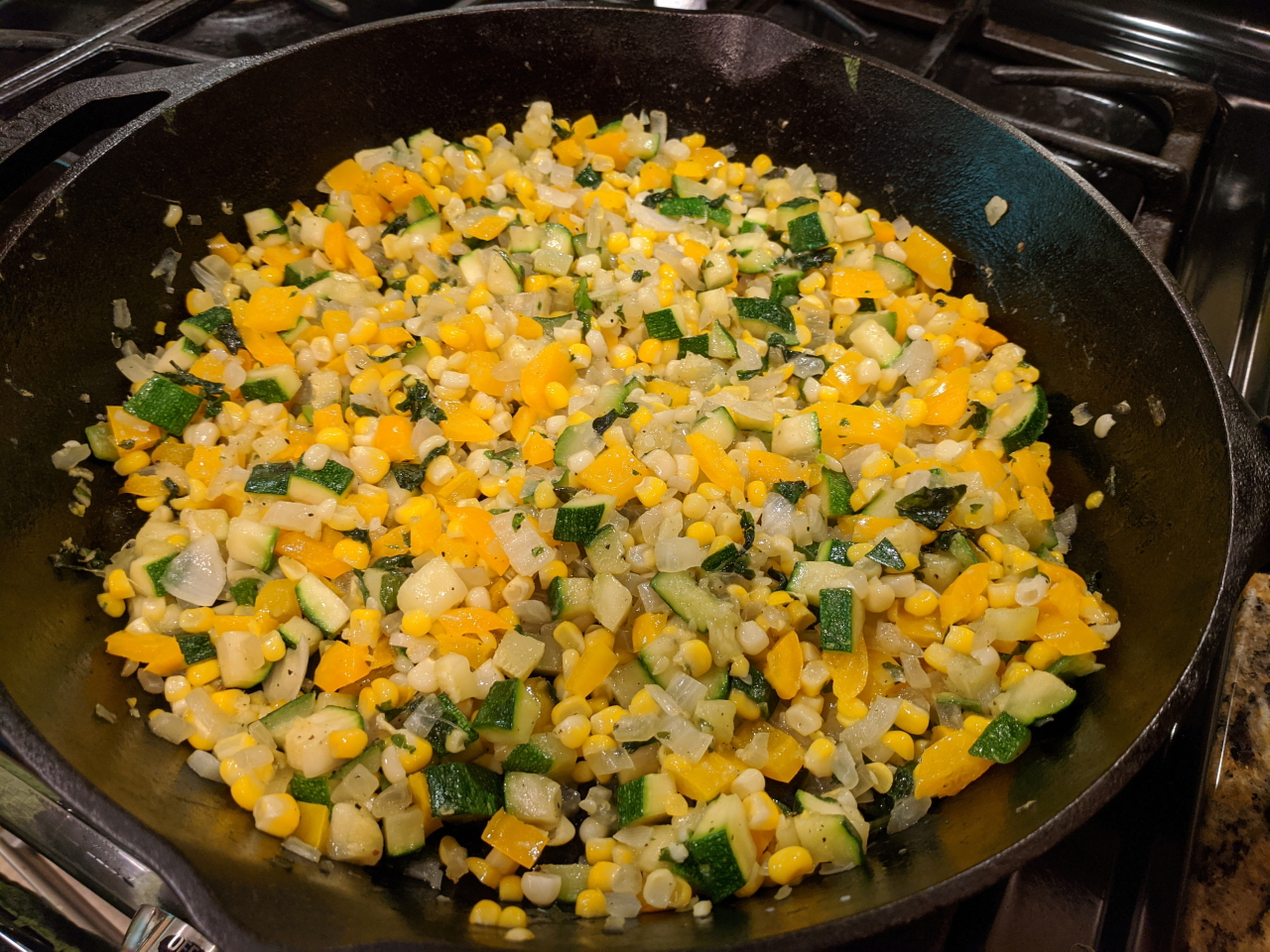 succotash
succotash vanilla icebox cookies
vanilla icebox cookies
The Chicago-style pepperoni pan pizza was one of the first recipes I wrote down to make. However, I never seemed to have both time and pepperoni at the same time. So I finally made it. I think America’s Test Kitchen’s decision to have me precook the pepperoni to render some of the fat helped both mellow the pepperoni taste (my kids were able to eat it) and keep this from being a greasy mess.
Review: The Philosopher Kings
 The Philosopher Kings by Jo Walton
The Philosopher Kings by Jo Walton
My rating: 4 of 5 stars
I had no idea how the story could continue after The Just City. It seemed to have such a finality to it. Yet Ms Jo Walton has really shone with this sequel. It finds a way to build on just about everything from the first book in a way that makes perfect sense while continuing to introduce even more ideas. Just as with the first book, it’s told through diary entries of the main characters and so it’s it’s an exploration of Platonic ideals as they interact with reality. One of our point of view characters is a child born after the events of The Just City, so we get a new perspective from someone who knows about the successes and failures of the first city.
Upgrading Bowser (Windows Gaming Computer)
I hadn’t upgraded anything other than the graphics card for about a decade and so my gaming computer was starting to drag a little, even on games that shouldn’t have been that demanding. It was time for an upgrade! But I hadn’t kept up all that much with computer tech since I knew we didn’t have it in the budget to be upgrading constantly. So I headed over the to the subreddit the PC Master Race (yeah, problematic name) Builds page. It seemed I could get a pretty decent build without spending too much money - especially since I already had a case and hard drives. So I posted on the subreddit just to make sure I was making the right choice. I’m glad I did, because they let me know that in June there’d be a new AMD motherboard coming out and I wasn’t in a huge hurry. So I waited and got this:
Review: Rave Master, Vol. 01
 Rave Master, Vol. 01 by Hiro Mashima
Rave Master, Vol. 01 by Hiro Mashima
My rating: 3 of 5 stars
I think this is the first manga I’ve read since DeathNote. I’m having a little trouble getting into this, but maybe it’s just one of those stories that starts off a little strange and then finally builds up to a plot? It does tell the story over 30-something books.
Of course, there are some gems of dialogue like this (read from right to left):
I got it as part of a Humble Bundle, so I’ve got the whole series, leaving me without any reason not to go on. So we’ll see where this goes.
